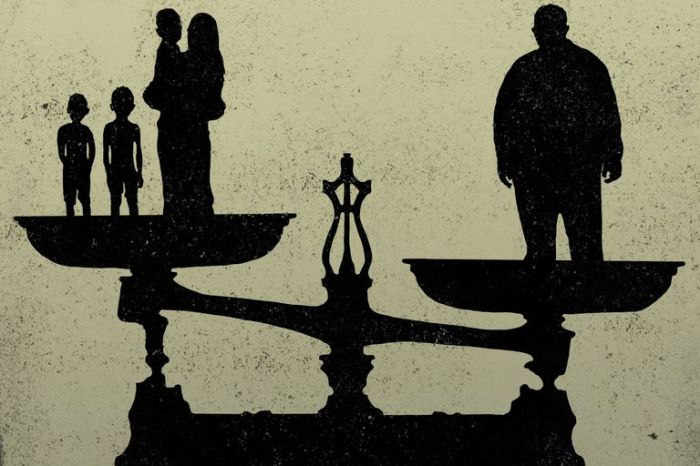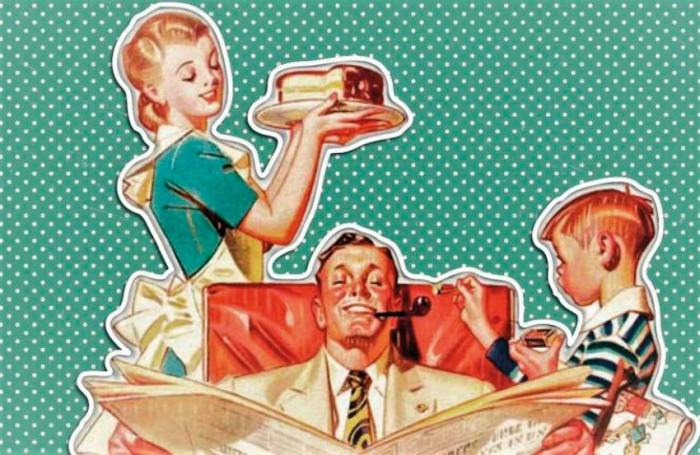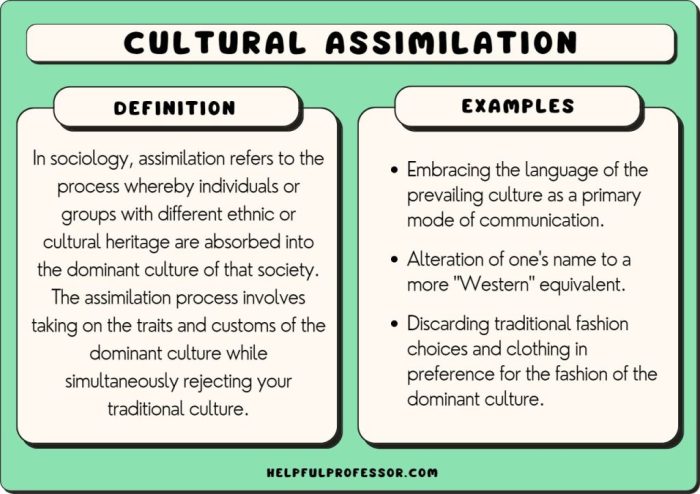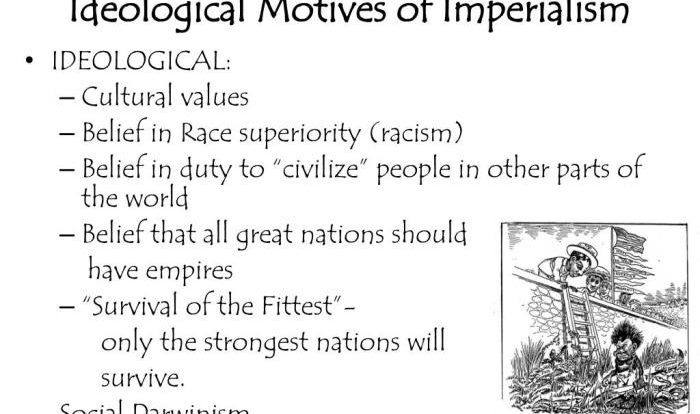Patriarchy definition AP world history delves into the historical significance, key characteristics, and far-reaching impacts of patriarchal systems on gender roles, social institutions, and the struggle for gender equality. From its historical roots to contemporary challenges, this exploration unravels the complex nature of patriarchy and its enduring influence on societies worldwide.
Throughout history, patriarchal societies have shaped gender expectations, limiting women’s opportunities and perpetuating gender inequality. This essay examines the origins and evolution of patriarchy, tracing its persistence and the factors that have contributed to its resilience.
Patriarchy Definition

Patriarchy refers to a social system in which men hold primary power and privilege over women and gender-diverse individuals. It is a form of gender hierarchy that has existed in various forms throughout history, shaping social structures, institutions, and cultural norms.
Examples of patriarchal societies include ancient Greece, Rome, China, and many pre-industrial societies. Key characteristics of patriarchal systems include male dominance in political, economic, and social spheres; the devaluation of women’s roles and contributions; and the control of women’s bodies and sexuality.
Origins and Evolution of Patriarchy
The historical roots of patriarchy are complex and multifaceted. Theories suggest that the origins of male dominance may be linked to factors such as the division of labor, the rise of agriculture, and the emergence of property ownership. Over time, patriarchal structures evolved and became deeply ingrained in societies, perpetuated through cultural norms, laws, and institutions.
Impact of Patriarchy on Gender Roles
Patriarchy shapes gender roles and expectations, defining what is considered appropriate and acceptable behavior for men and women. It limits women’s opportunities in education, employment, and political participation, while assigning them primary responsibility for domestic and caregiving roles.
For men, patriarchy reinforces traditional notions of masculinity, emphasizing strength, aggression, and dominance. It also perpetuates harmful stereotypes and limits men’s emotional expression and involvement in childcare.
Patriarchy and Social Institutions
Patriarchy influences social institutions, including the family, education, and the economy. Within the family, it often manifests as male authority and control over women and children. In education, patriarchal biases can lead to gender disparities in access to resources and opportunities.
In the economy, patriarchy contributes to the gender wage gap and limits women’s participation in leadership positions. Laws, policies, and social practices often reflect patriarchal norms, perpetuating gender inequality and discrimination.
Challenges to Patriarchy
Throughout history, various movements have emerged to challenge patriarchal norms and advocate for gender equality. These include feminist movements, women’s rights organizations, and LGBTQ+ rights groups.
Strategies used to resist patriarchy include raising awareness, advocating for legal and policy changes, and promoting alternative models of gender roles and relationships.
Alternative Perspectives on Patriarchy, Patriarchy definition ap world history
While patriarchy is widely recognized as a form of oppression, there are alternative viewpoints on its nature and impact. Some feminist theories challenge the notion of a universal patriarchy, arguing that gender relations vary across cultures and historical periods.
Intersectionality approaches consider how patriarchy intersects with other forms of oppression, such as racism, classism, and homophobia, creating unique experiences of marginalization and discrimination for individuals from marginalized groups.
FAQ Section: Patriarchy Definition Ap World History
What is the definition of patriarchy?
Patriarchy refers to a social system in which men hold primary power and privilege over women.
How has patriarchy evolved over time?
Patriarchy has evolved from ancient patriarchal structures to modern forms that manifest in laws, policies, and social practices.
What are the key characteristics of patriarchal systems?
Patriarchal systems are characterized by male dominance in decision-making, control over resources, and gendered division of labor.



